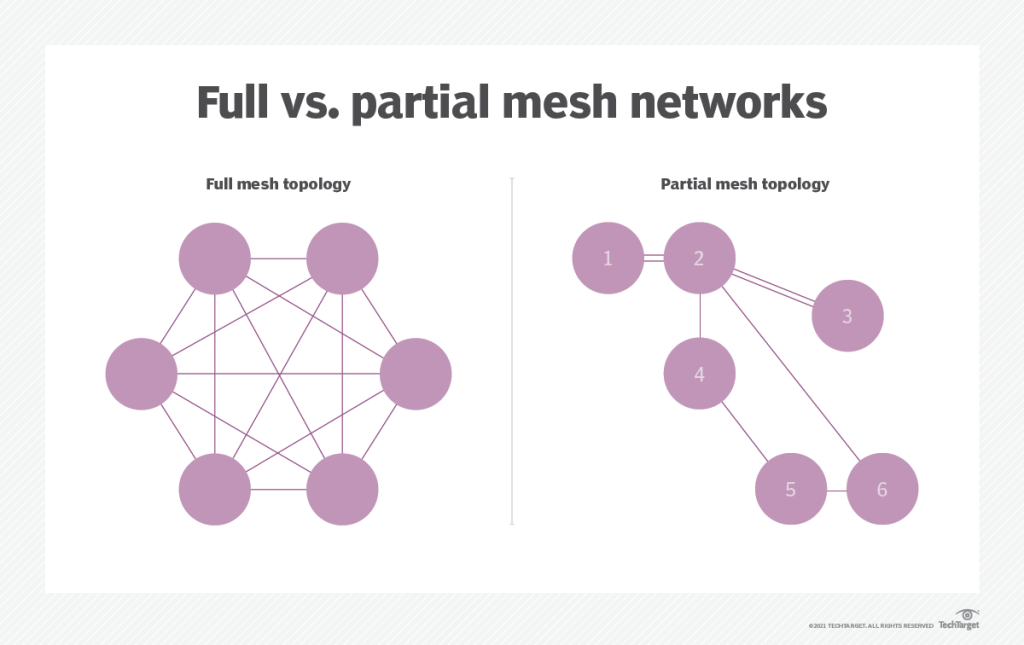The Space Development Agency, which is a Pentagon space acquisition program, plans to have 160 satellites launched into LEO by the end of 2025. The objectives of this effort are to provide faster missile tracking and to serve as an additional communications link for the Marines. This constellation will also host the tactical data link, known as Link 16, used by the U.S. military and NATO to share tactical text, voice and imagery data.

Photo taken from: https://www.techtarget.com/iotagenda/definition/mesh-network-topology-mesh-network
This mesh network is modelled similarly to Starshield – SpaceX’s military version of Starlink – which filled a gap produced by the inherent problems of GEO-based communications like GPS. Marine Maj. Gen. Joseph Matos, the commander of Marine Forces Cyber, lauded this effort due to the expected high bandwidth and low latency afforded by a LEO constellation.
The Link 16 mesh network removes the issue of having a single point of failure which is traditionally and often seen with the legacy space systems. The implications for space systems cybersecurity here are the still present vulnerabilities of wireless mesh networks: susceptibility to jamming attacks and eavesdropping. However, the increasing size of the LEO constellation, with the Link 16 layer, greatly increases the attack surface for any potential cyber threats or attacks.
Sources: